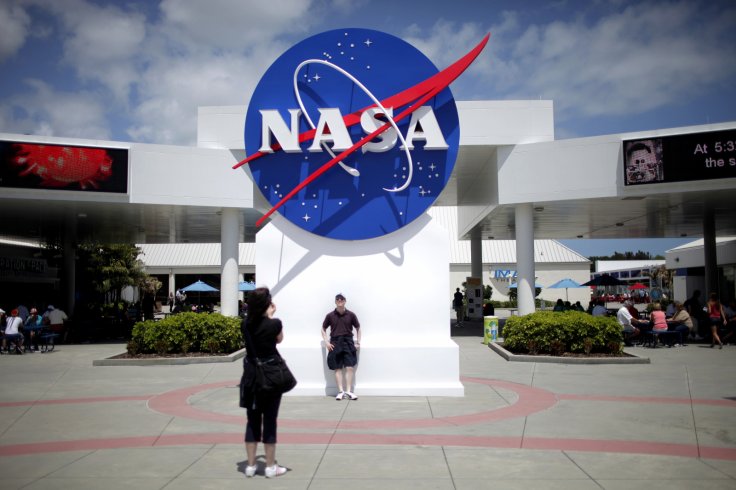
NASA is investing in several next-generation technology concepts that will help the US space agency use them for future space exploration missions.
This includes meteoroid impact detection, space telescope swarms and small orbital debris mapping technologies, NASA said in a statement.
It has selected 25 early-stage proposals that have the potential to transform future human and robotic exploration missions, introduce new exploration capabilities and significantly improves current approaches to building and operating aerospace systems.
These proposals have been selected under the Phase I of the "The NASA Innovative Advanced Concepts (NIAC) Program", which nurtures visionary ideas that could transform future NASA missions with the creation of breakthroughs while engaging the country's innovators and entrepreneurs as partners in the journey.
"The concepts can then be evaluated for potential inclusion into our early-stage technology portfolio," said Jim Reuter, Acting Associate Administrator of NASA's Space Technology Mission Directorate.
Phase I awards are valued at approximately $125,000, over nine months, to support initial definition and analysis of their concepts. If these basic feasibility studies are successful, awardees can apply for Phase II awards.
(IANS)









